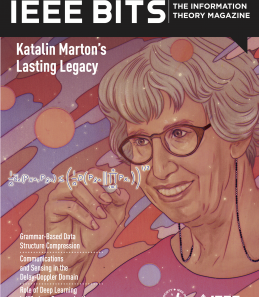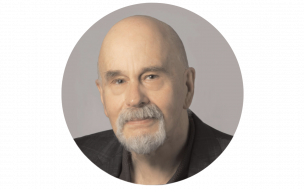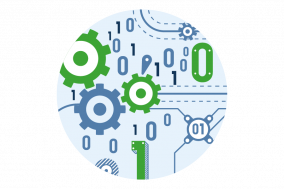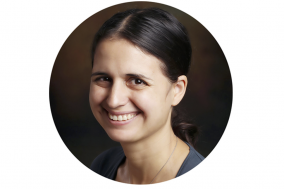
Fall 2022 — Issue 2, Volume 2
This is the second regular issue of IEEE BITS featuring articles spanning from Katalin Marton’s main contributions, to data structure compression, to communications and sensing and to the role of deep learning in wireless communications.
Column article(s)
Scroll to see all columns in this issue.
Traditional communication system design has always been based on the paradigm of first establishing a mathematical model of the communication channel, then designing and optimizing the system according to the model. The advent of modern machine learning techniques, specifically deep neural networks, has opened up opportunities for data-driven system design a...
Orthogonal time frequency space (OTFS) is a framework for communication and active sensing that processes signals in the delay-Doppler (DD) domain. This article explores three key features of the OTFS framework, and explains their value to applications. The first feature is a compact and sparse DD domain parameterization of the wireless channel, where the pa...
A data string can be represented with the help of context-free grammar such that the string is the unique string belonging to the language of the grammar. One can then losslessly compress the string indirectly by encoding the grammar into a unique binary codeword. This approach to data compression, called grammar-based data compression, can also be employed ...
This article highlights some of Katalin Marton’s main contributions to rate distortion theory, probability theory, and multiuser information theory and their lasting impact on the work of many other researchers.
















